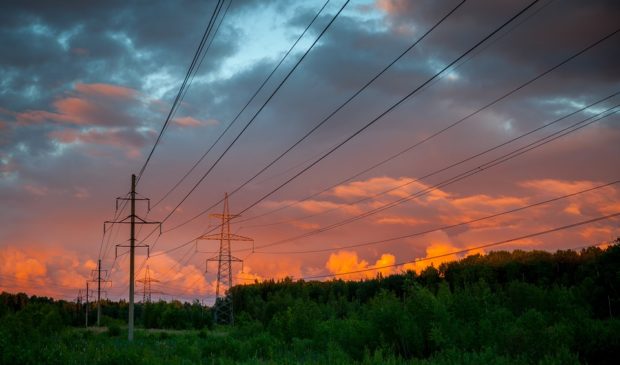Council members discuss how Austin Energy’s billing system disproportionally affects vulnerable customers
Friday, February 28, 2020 by
Jessi Devenyns Austin Energy makes its revenue from customers purchasing energy from the fourth and fifth tiers of its five-tiered residential billing structure. However, with more Austinites living in multifamily units and homes becoming more energy-efficient, 76 percent of residential energy consumption is being sold below the utility’s cost to serve.
Those who are left to foot the bill are disproportionately people who already struggle to pay their utilities. Customers in the city utility Customer Assistance Program – mostly low-income households that participate in state, federal or local assistance programs and whose rates are correspondingly lowered by the utility – are more likely to be paying higher rates for their energy.
“Is there any analysis about why we see the CAP customers falling into the higher tiers?” Council Member Ann Kitchen asked at the Feb. 26 meeting of the Austin Energy Utility Oversight Committee.
According to Austin Energy’s first-quarter financials, 35 percent of CAP customers are billed in tiers four and five. Only 27 percent of non-CAP customers are billed in those higher tiers.
“If you’re in an older home, maybe a larger home, you can’t reduce (energy consumption) to that same level,” Austin Energy Chief Financial Officer Mark Dombroski explained. He also pointed out that those who live in multi-generational homes are likely to use additional energy, especially older homes that lack modern insulation technologies.
Council Member Kathie Tovo said she was struggling to understand how CAP customers were disproportionally affected by higher rates when the majority of these customers’ bills fall into tiers one and two. She said it was noteworthy that over half of CAP and non-CAP customers are billed in the lower tiers. “It doesn’t bother me to see high percentages of those two types of customers (in tiers one and two) because that’s where we want them,” she said.
Council members inquired into whether there were opportunities to change how the tiered system works to reduce the number of bill-assisted customers who are paying for the utility to power the city.
“We think we need to address it in rate design,” said Dombroski. “We may explore looking at maybe three tiers.” Austin Energy customers outside of city limits are currently paying with a three-tier system. Dombroski said the utility is looking at those customers’ purchasing behavior in order to establish a baseline to better understand if such a system would be successful within city limits.
Dombroski suggested that when Austin Energy has its new rate case process for 2022, that the utility design a system that covers costs first and foremost and then layers a discount policy on top to alleviate the cost burden from CAP customers. He did not provide any specific examples of how to do so.
Council Member Alison Alter said the energy utility needs to go beyond redesigning the billing system to just benefit CAP customers.
“We need to be thinking about our business model … as we are successful with our conservation efforts,” she said. Already, overall consumption in the top tiers from which Austin Energy generates its revenue has decreased 14 percent since 2012. According to Dombroski, Austin has the second-lowest energy bills in the state, so declining average consumption of electricity has the potential to jeopardize the utility’s ability to recover costs.
To reduce the volatility between electricity prices when they are updated every five years as well as help the utility adjust its pricing to cover costs, Council Member Alter suggested that Austin Energy look into reassessing its rates every three years.
The Austin Monitor’s work is made possible by donations from the community. Though our reporting covers donors from time to time, we are careful to keep business and editorial efforts separate while maintaining transparency. A complete list of donors is available here, and our code of ethics is explained here.
You're a community leader
And we’re honored you look to us for serious, in-depth news. You know a strong community needs local and dedicated watchdog reporting. We’re here for you and that won’t change. Now will you take the powerful next step and support our nonprofit news organization?



